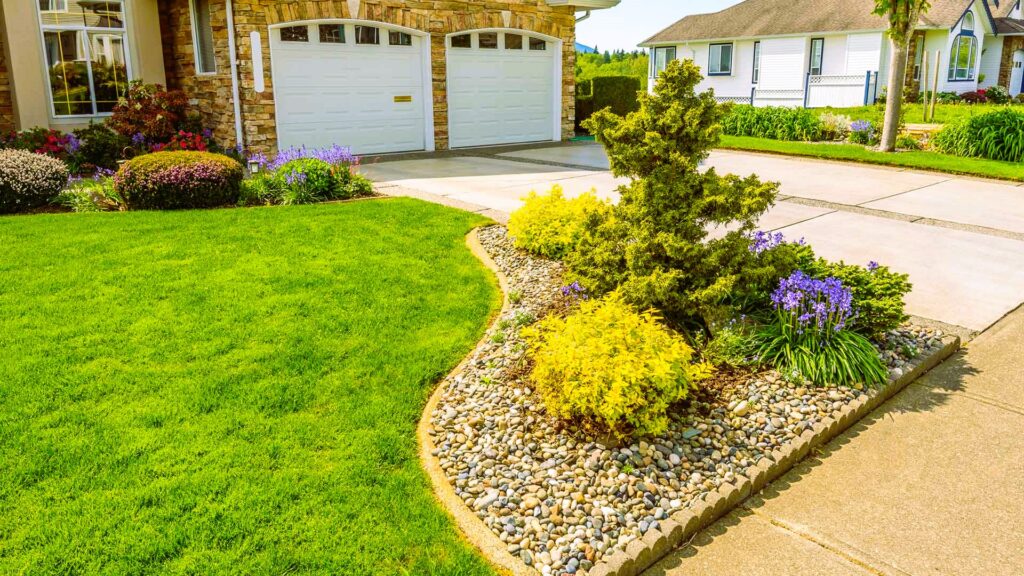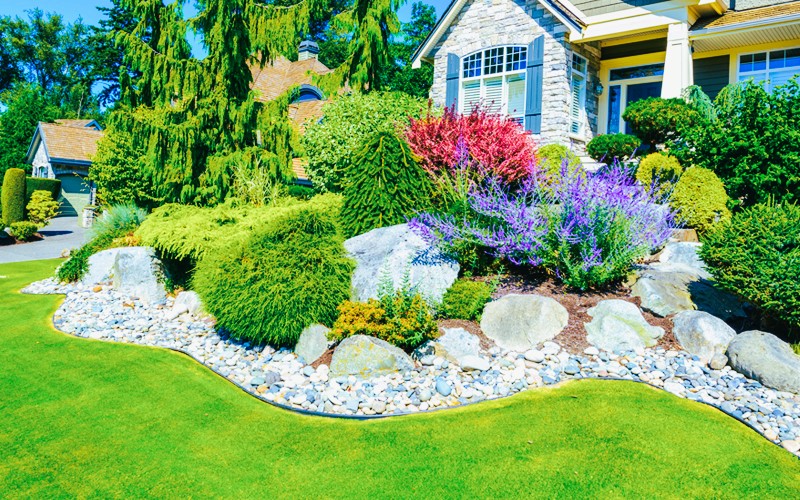
As winter retreats and the first signs of spring emerge, it’s time to revive your yard from the chilly embrace of the colder months. Spring yard maintenance is essential for restoring your outdoor space to its full glory, ensuring that it’s vibrant, healthy, and ready to be enjoyed. In this article, we’ll guide you through the process of rejuvenating your yard after winter and preparing it for the upcoming seasons.
1. Clean Up Winter Debris
The first step in spring yard maintenance is to clear away the remnants of winter. Remove fallen leaves, branches, and any debris that has accumulated on your lawn. This not only improves the appearance of your yard but also prevents potential issues like mold growth and pest infestations.
2. Rake and Aerate the Lawn
After a long winter, your lawn may be compacted and in need of some TLC. Use a rake to gently remove thatch (dead grass and debris) from the surface. Aerating your lawn by perforating the soil with small holes helps improve root growth, water absorption, and overall lawn health.

3. Assess and Repair Lawn Damage
Inspect your lawn for any winter damage, such as snow mold, dead patches, or bare spots. Rake away dead grass, reseed or lay new sod as needed, and apply a slow-release nitrogen fertilizer to kickstart growth.
4. Prune Trees and Shrubs
Early spring is an ideal time to prune trees and shrubs before they start actively growing. Remove dead or damaged branches, shape the plants, and promote healthy growth. Be sure to research proper pruning techniques for different species.
5. Test and Adjust Soil pH
Test your soil’s pH level and nutrient content to determine if any amendments are needed. Adjusting soil pH can greatly impact the health and growth of your plants. Most plants thrive in soil with a pH level between 6 and 7.
6. Fertilize and Mulch
Apply a balanced fertilizer to your flower beds and garden to provide essential nutrients for spring growth. Adding mulch to these areas helps retain moisture, control weeds, and maintain a consistent soil temperature. The choice of materials for repairing paths, more details in our article.
7. Plan Your Garden
Early spring is the perfect time to plan and start planting your garden. Consider which flowers, vegetables, or herbs you want to grow and create a planting schedule. Be mindful of frost dates in your region to avoid planting too early.
8. Primp and Prune Perennials
Trim back perennials and ornamental grasses that were left standing over the winter. This encourages new growth and tidies up your garden beds.
9. Clean and Service Garden Tools
Dust off your gardening tools, sharpen blades, and replace worn-out parts. Having well-maintained tools makes yard work more efficient and enjoyable.
10. Inspect and Repair Hardscapes
Check the condition of your walkways, patios, and retaining walls. Repair any cracks or damage to ensure safe and functional outdoor spaces.
11. Clean and Refresh Outdoor Furniture
If you have outdoor furniture, give it a thorough cleaning. Wipe down surfaces, replace cushions if necessary, and consider adding a fresh coat of paint or sealant.
12. Check Irrigation Systems
Inspect your irrigation system for leaks or damage. Test it to ensure it’s working properly and adjust the watering schedule according to your plants’ needs.
13. Pest and Weed Control

Be proactive in pest and weed control. Apply pre-emergent herbicides to prevent weed growth and monitor your yard for signs of pests or diseases.
14. Consider Seasonal Plantings
Add some color to your yard with seasonal plantings like spring bulbs or annual flowers. These can brighten up your landscape as the weather warms.
15. Stay Informed
Lastly, stay informed about local weather conditions and frost warnings. Be prepared to cover sensitive plants if frost threatens.
By following these spring yard maintenance steps, you can rejuvenate your outdoor space, promote a healthy landscape, and create an inviting environment for the upcoming seasons. For more information on yard maintenance best practices and seasonal tips, you can visit Wikipedia’s Lawn Care. A well-maintained yard not only adds beauty to your property but also provides a welcoming retreat for you and your family to enjoy.



